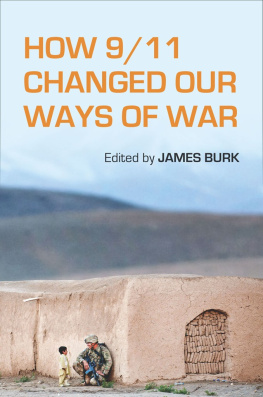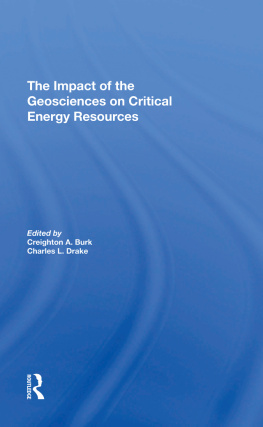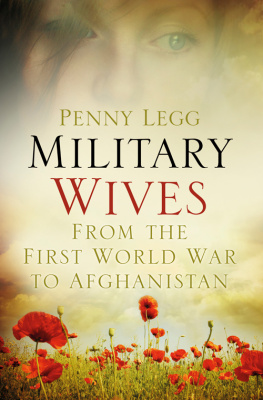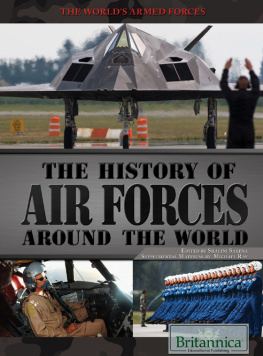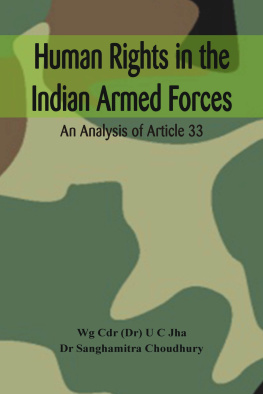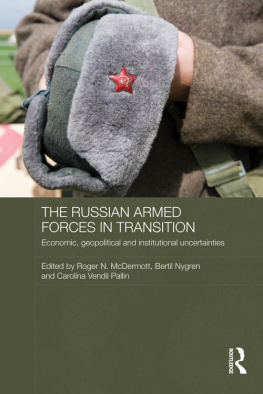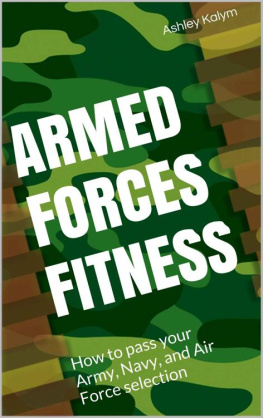First published 1994 by Westview Press
Published 2019 by Routledge
52 Vanderbilt Avenue, New York, NY 10017
2 Park Square, Milton Park, Abingdon, Oxon OX14 4RN
Routledge is an imprint of the Taylor & Francis Group, an informa business
Copyright 1994 by Taylor & Francis
All rights reserved. No part of this book may be reprinted or reproduced or utilised in any form or by any electronic, mechanical, or other means, now known or hereafter invented, including photocopying and recording, or in any information storage or retrieval system, without permission in writing from the publishers.
Notice:
Product or corporate names may be trademarks or registered trademarks, and are used only for identification and explanation without intent to infringe.
A CIP catalog record for this book is available from the Library of Congress.
ISBN 13: 978-0-367-29406-9 (hbk)
This book, perhaps more than most, has incurred many debts in its making. Joseph G. Dawson III, Director of the Military Studies Institute at Texas A&M University, first suggested that I undertake this project and strongly supported the work necessary to see it through to completion. I relied heavily on his prudent counsel and unfailing good humor. Under the auspices of the Military Studies Institute, the contributors were able to meet in a symposium held at Texas A&M in April 1992. That meeting allowed us initially to explore the ideas that are reported here in full. I am indebted also to R.J.Q. Adams, who chairs the Military Studies Institute Advisory Council, and to James Bradford, Larry D. Hill, Brian Linn, and Alex Mintz, who are members of the council. They provided much sound advice and welcome encouragement. Laura Ampol Hall worked indefatigably to help when I needed her most, looking after the large number of details invariably associated with an undertaking such as this one and doing her fair share of word processing. Finally, Ensign Theodore M. Burk, U.S. Navy, and Patricia G. Burk, who have over the years helped me in many ways, helped here by recommending the photograph used on the book jacket cover. The photograph is reproduced courtesy of the U.S. Naval Institute.
James Burk
1
Thinking Through the End of the Cold War
James Burk
The end of the Cold War was a welcome event, closing successfully, from the American point of view, four decades of a taxing and dangerous military confrontation between East and West. More than once, this conflict tempted the world to resume global war and perhaps to initiate a large-scale nuclear war. That possibility is, for now, happily remote. Yet the end of this struggle has not brought unqualified relief even to those on the "winning" side. It has rather confused than clarified international relations, and it has called into question the operating assumptions which formerly justified strategic planning and public support for the armed forces. It has posed, in short, a serious challenge. The habits of thought which guided two generations of political and military leaders, of scholars and citizens alike, need to be reformed. What role will armed force and armed forces play in a world which is still turbulent, but is no longer organized by the bipolar conflict of East and West? The question may be subdivided to identify three issues of particular importance. First, what is the present character of military threats, given the shift from a bipolar to a multi-centric world, and to what degree (and in what ways) does the current threat situation represent a radical break from the past? Second, how will the absence of a focal "enemy" affect military organization and, not less important, how will it affect the professional self-conception and the political and social standing of military elites who lead the armed forces of advanced industrial states? And, finally, how will a multi-centric world order affect participation by national armed forces in multinational peacekeeping organizations?
Answering these questions requires sober, but speculative, analysis. The end of the Cold War and subsequent collapse of the Soviet Union has certainly changed the international order, but it has done so in a negative rather than a positive way. Sudden, unexpected, and unplanned for, the end of the Cold War has produced no social or political settlement, no concordat, to organize international relations and military operations for the foreseeable future. That does not mean that the "new world" has no order, that we are confronted by a radical break with the past. On the contrary, the central trends defining the current international and national situation are not completely novel, but are the result of long-term changes In technology, attitudes toward authority, and transnational organization. Operating together, these changes have affected each of the three issues we are to address. They have, first of all, multiplied the threats to which the military might have to respond while at the same time limiting the usefulness of armed force as an instrument of national policy. They have also made the successful exercise of authority more difficult, without eliminating the need for leadership, which has increased demands on military professionalism. And, they have encouraged the expansion of multinational peacekeeping forces while discouraging the use of armed force outside the framework of international coalitions, limiting the traditions of state sovereignty, and mounting pressure for nonviolent resolution of inter-state and intra-state conflicts.
My aim in this chapter is to elaborate on these themes as concretely as possible, to deepen our understanding of the socio-cultural forces to which the military establishment has to adapt and to indicate, in broad strokes, what the possibilities for adaptation are. To do this, we will be wise to begin by clarifying what we mean by the otherwise murky notion of a "multi-centric world."
The Social and Political Context: A Multi-Centric World
There is nothing new in the idea that the world is divided into various centers of political and military power. Yet the idea is consequential. Those states which occupy central positions exercise vast authority, and they are jealous to maintain their high standing. States which live on the periphery, in contrast, may resent their distance from central authority if only because it seems to diminish their status and to do so, in the eyes of their leaders, without warrant. The social and ecological scarcity, which allows only a few to be at the center, a realm of plenty, and relegates the rest to relatively improverished outer reaches, is often thought to be a major source of conflict in world affairs. They have monopolized control over political and military power. Their pursuits and their conflicts determine whatever degree of order international relations are able to assume.
Applied to international relations, the term "multi-centric world" evidently refers to this untidy, but familiar structure of relative anarchy among a set of sovereign nation-states. The modern state system, one might say, fluctuates noticeably and, some would contend, systematically along a continuum that moves sometimes toward greater anarchy and sometimes toward greater order. Over the last forty years, following this logic, the state system sustained a fairly high degree of order. International affairs were organized around the bipolar structure of conflict between the United States and the Soviet Union, the only two countries during the period with legitimate claims to be superpowers. The collapse of the Soviet Union since 1989, however, has ended this regime of bipolar tension and seemed to promote a new movement toward decentralizing state powers. Rather than a bipolar international order, there is rather a proliferation of potential "poles" around which to organize the struggles among states for dominance and influence. We are moving, it seems, toward an increasingly "multi-centric world." Neither talk about a new world order nor the long-term development of a variety of organizations and treaty arrangements for dealing with global issues has prevented the proliferation of more autonomous regional powerseast and west, north and souththan were commonly found during the Cold War. The absence of a clear "focal enemy" complicates the task of military planning, and, in democratic societies, it also makes the definition (and justification) of military missions a subject for extended and heated public debate.



